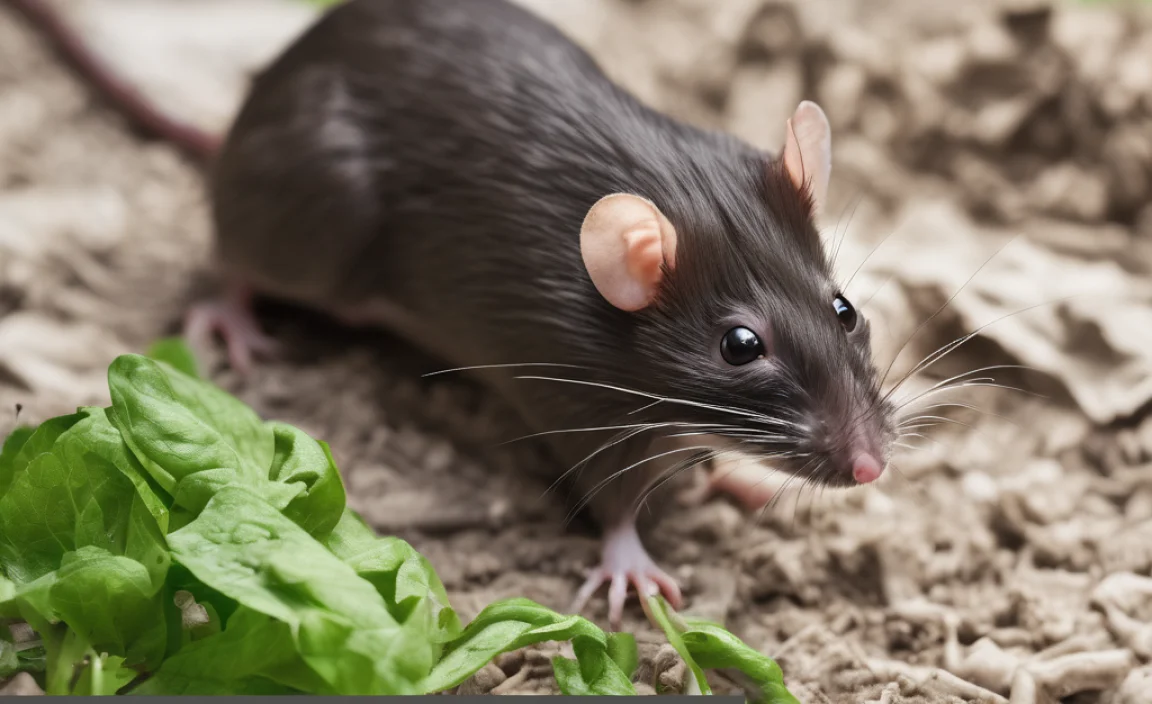Hey there! Troy D Harn here from TopChooser. Ever stare at a pot of leftover pasta and wonder, “Can this go in the compost bin?” You’re not alone! It can feel a bit confusing whether certain cooked foods are compostable. But guess what? With a little know-how, you can turn those starchy leftovers into garden gold. We’re going to break down exactly how to compost pasta, so you can feel good about reducing waste and enriching your soil. Stick around, and we’ll make composting pasta as easy as boiling water!
Quick Summary: Can You Compost Pasta?
Yes, you absolutely can compost pasta! Cooked pasta, in moderation, is a fantastic “green” material for your compost pile. It breaks down readily, adding valuable nitrogen to help your compost heat up. Key is to add it in balanced amounts, avoid oily sauces, and mix it well with “brown” materials. This essential guide will walk you through everything you need to know.
Why Should You Compost Pasta?
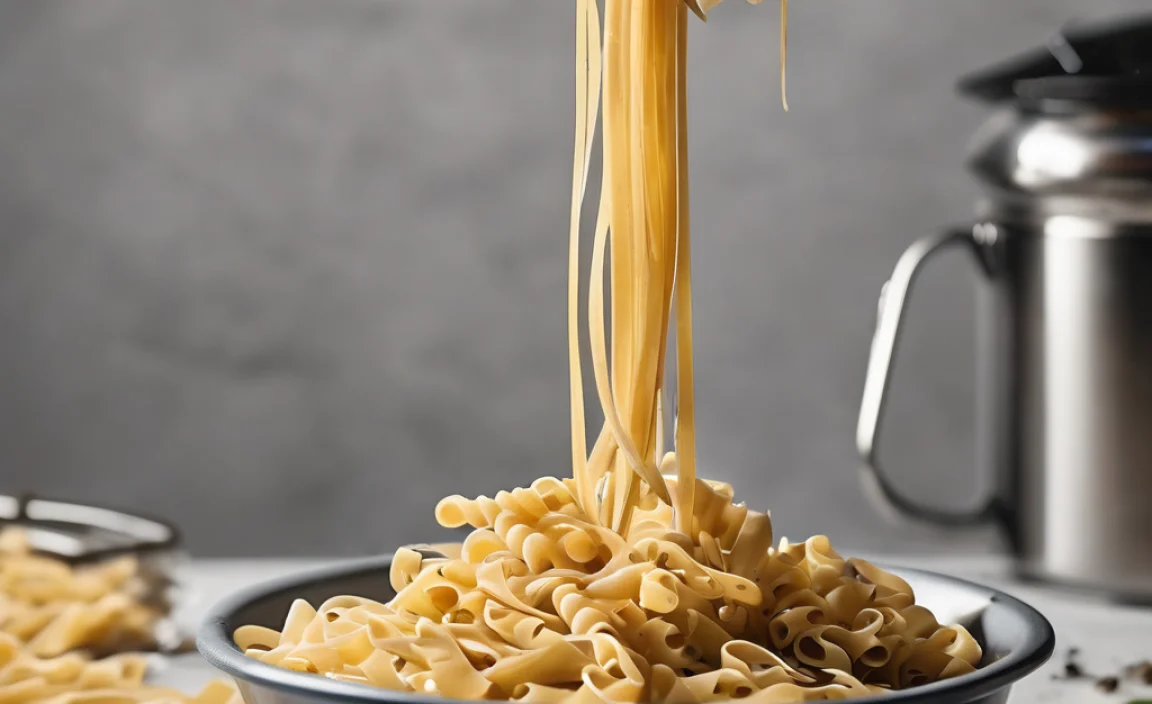
Composting pasta is a brilliant way to reduce food waste in your home. Think about it: how often do you have a little bit of cooked pasta leftover from dinner? Instead of it ending up in the trash, it can be transformed into nutrient-rich compost. This compost then feeds your garden, helping your plants grow strong and healthy. It’s a win-win for your kitchen and your garden!
Here’s a quick look at the benefits:
- Reduces Landfill Waste: Food scraps make up a significant portion of household trash. Composting diverts this from landfills, where it produces methane, a potent greenhouse gas.
- Creates Nutrient-Rich Soil: Compost is like “black gold” for your garden, providing essential nutrients that promote plant growth and improve soil structure.
- Saves Money: You’ll buy fewer fertilizers and soil amendments for your garden when you have your own supply of compost.
- Supports a Circular Economy: By returning organic matter to the earth, you’re participating in a natural cycle that benefits everyone.
What Kind of Pasta Can Be Composted?
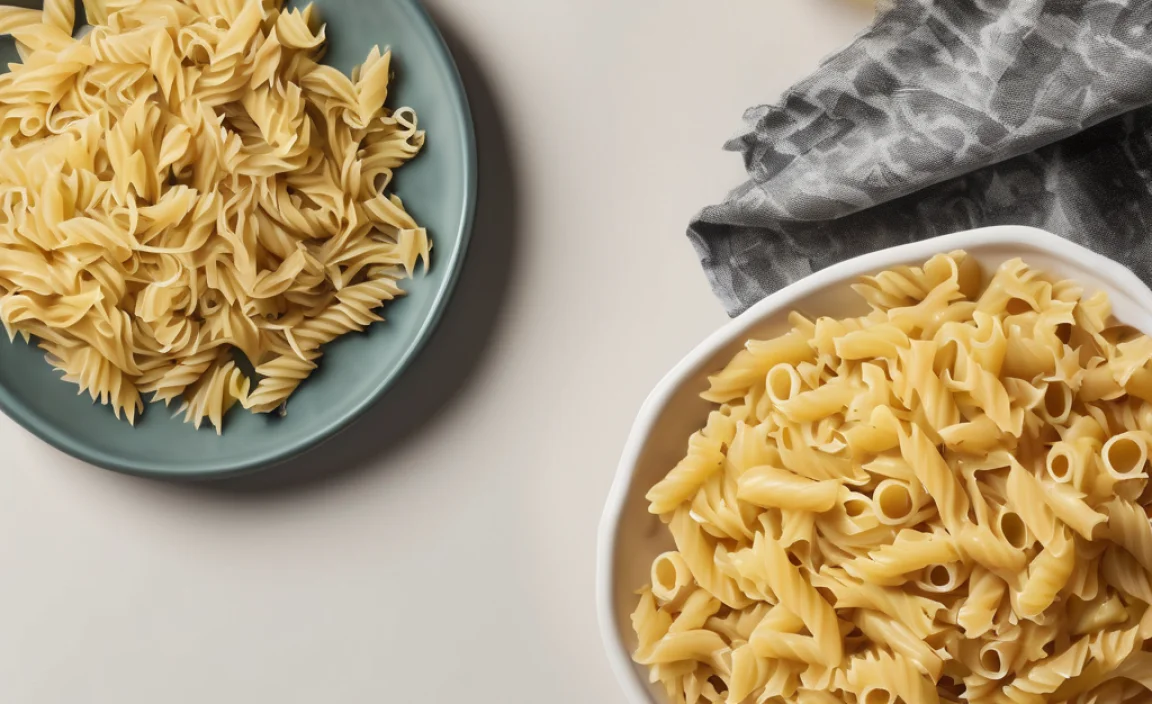
Generally, most types of cooked pasta are compostable. This includes:
- Plain cooked pasta (white flour, whole wheat, gluten-free)
- Pasta with simple, oil-free vegetable sauces
- Pasta that’s slightly past its prime (not moldy or spoiled beyond recognition)
There are a few things to be mindful of:
- Avoid excessive oil or grease: Large amounts of oil can slow down the composting process and make your bin smell.
- Be cautious with heavy dairy or meat sauces: While small amounts might be okay in a well-managed hot compost system, they can attract pests and create odors in cooler, beginner-friendly compost bins. It’s best to scrape off most of these sauces before adding the pasta.
- Moldy pasta: A little bit of surface mold is usually fine, as the composting process will break it down. However, if the pasta is heavily covered in thick, fuzzy mold (the kind you might see on old bread), it’s best to err on the side of caution and discard it in the trash, especially if you’re new to composting. This is to prevent introducing potentially harmful spores to your compost that might not get killed off in a cooler pile.
The Science Bit: Why Pasta Works in Compost
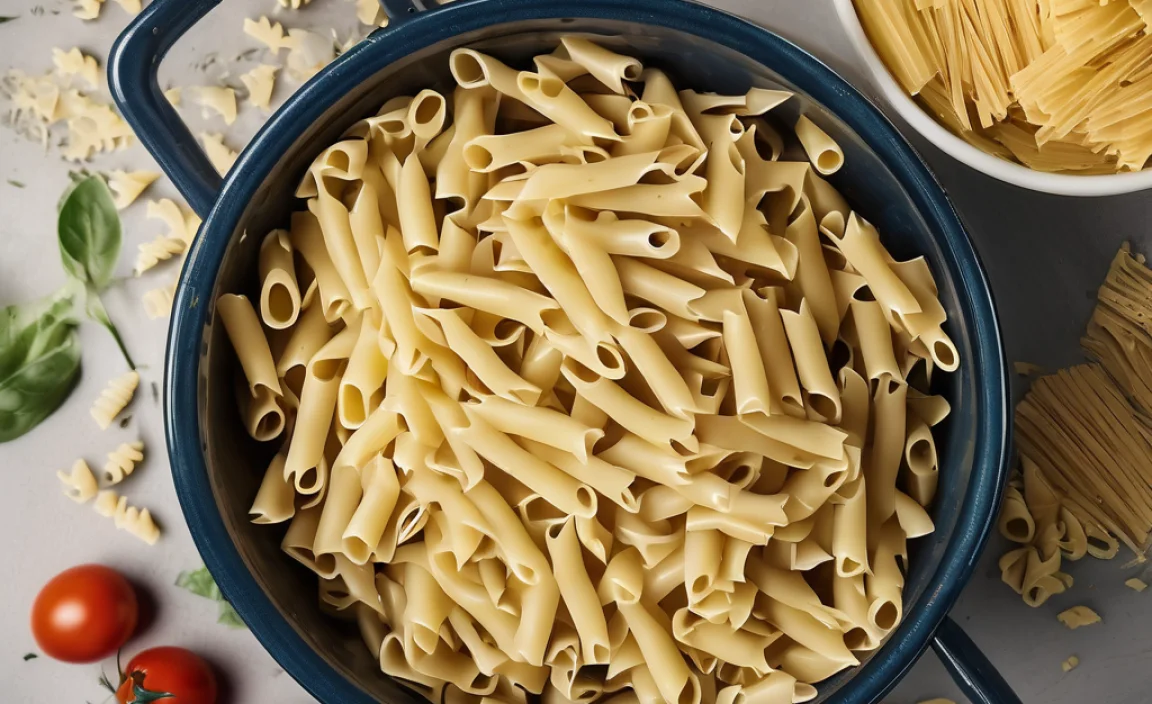
Pasta, being made from grains and water, is a rich source of carbohydrates. In compost terms, it’s considered a “green” material. Here’s why that’s important:
- Nitrogen Rich: Green materials are high in nitrogen, which is vital for the microorganisms that break down organic matter. Nitrogen is like fuel for your compost heap!
- Moisture Content: Pasta also contains moisture, which helps keep your compost pile from drying out. Compost needs to be damp, like a wrung-out sponge.
- Easy to Digest: The cooking process breaks down the starches in pasta, making it easier for microbes to consume and decompose quickly.
The ideal compost pile needs a balance of “greens” (nitrogen-rich materials like pasta, fruit scraps, coffee grounds) and “browns” (carbon-rich materials like dry leaves, shredded cardboard, straw).
Here’s a simple breakdown of what your compost needs:
| Compost Ingredient Type | Examples | Role in Compost |
|---|---|---|
| Greens (Nitrogen) | Fruit and vegetable scraps, coffee grounds, tea bags, grass clippings, cooked pasta, bread. | Provide nitrogen, heat up the pile, speed up decomposition. |
| Browns (Carbon) | Dry leaves, shredded newspaper, cardboard, straw, wood chips, twigs. | Provide carbon, add bulk, allow air to circulate, prevent matting and odors. |
Too many greens can make your compost wet and smelly, while too many browns will make it sit and do very little. Pasta fits perfectly into the “greens” category, helping to activate your pile.
How to Compost Pasta: A Step-by-Step Guide
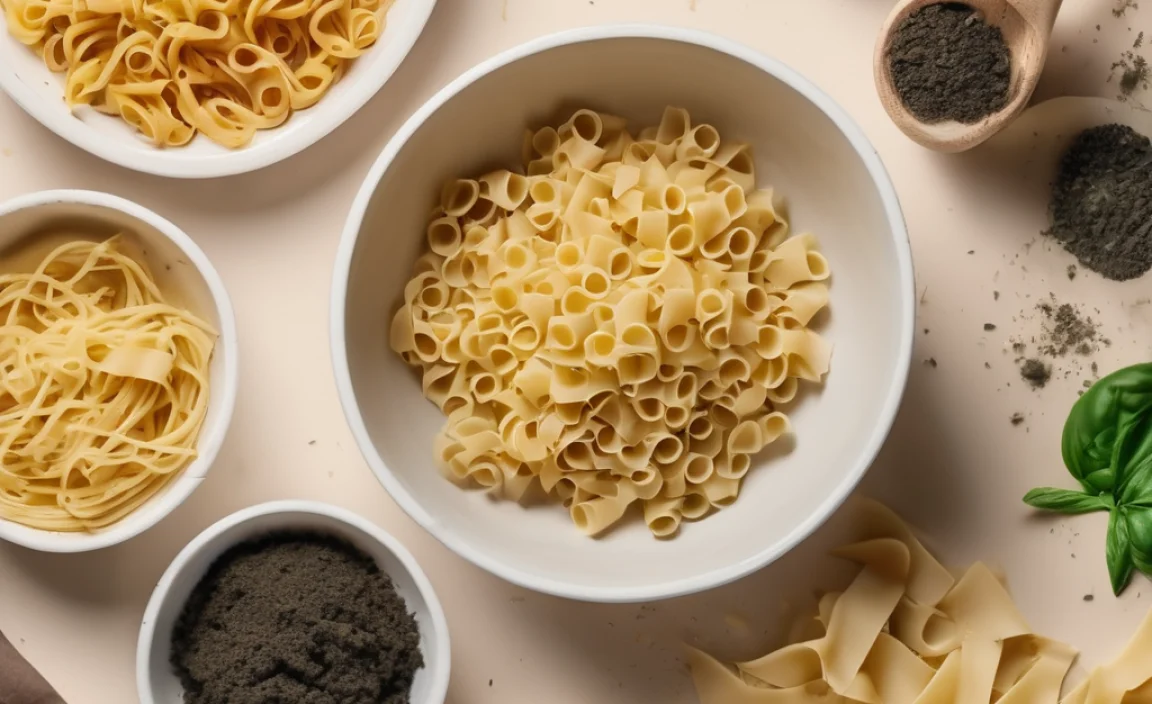
Ready to give it a try? It’s super straightforward. You just need a few things and a little bit of attention to balancing your compost ingredients.
Step 1: Prepare Your Pasta
Before tossing pasta into your compost bin, do a quick check:
- Scrape off sauces: If your pasta has a thick, greasy, or meat-heavy sauce, scrape off as much of it as you can. A thin coating of tomato sauce is usually fine, but excessive amounts can alter the balance of your compost.
- Break it up: You don’t need to chop it into tiny pieces, but breaking up any large clumps of pasta will help it integrate better with the other materials in your bin.
Step 2: Choose Your Composting Method
There are several ways to compost, and the best one for you depends on your space and effort level. For composting pasta, most methods will work:
- Outdoor Compost Bin: This is the most common method. You can buy a bin or build one yourself. It’s great for larger volumes of scraps.
- Compost Tumbler: These are enclosed bins that you can rotate. Tumbling helps aerate the compost and speeds up the process.
- Worm Composting (Vermicomposting): Red wiggler worms can process food scraps. While they love many things, it’s generally advised to feed worms only small amounts of cooked foods, and pasta should be a treat, not a staple. Avoid feeding worms pasta regularly or in large quantities.
- Bokashi Composting: This is an anaerobic (without oxygen) fermentation method that can handle almost all food scraps, including meats and dairy. Pasta is perfectly suited for Bokashi. Learn more about Bokashi systems on resources like the Sustainable Food Trust.
For beginners, an outdoor bin or a tumbler is usually the easiest place to start with composting pasta.
Step 3: Add It to Your Compost Bin
Here’s the crucial part: moderation and mixing!
- Don’t dump a whole pot: Add your prepared pasta in a reasonable amount. A few servings at a time is usually plenty.
- Bury your greens: Always bury your kitchen scraps, including pasta, under a layer of “brown” materials. This prevents odors and discourages pests. A good rule of thumb is to add at least an equal volume of browns on top of your greens.
- Mix it in: Use a garden fork or compost aerator to gently mix the pasta into the existing compost material. This helps it break down faster and ensures it doesn’t create a dense, wet layer.
Think of it like making a layered cake, but for compost! You want to alternate:
- A layer of browns (leaves, shredded paper)
- A layer of greens (pasta, veggie scraps)
- Another layer of browns
Step 4: Maintain Your Compost Pile
Composting isn’t a “set it and forget it” job, especially when you’re adding new materials like pasta:
- Moisture Check: Your compost should be as damp as a wrung-out sponge. If it’s too dry, add some water. If it’s too wet, add more browns.
- Aeration: Turn your compost pile regularly (every week or two) using a pitchfork or aerator. This introduces oxygen, which is essential for the aerobic bacteria that do the hard work of decomposition. Turning also helps distribute moisture and heat evenly. The U.S. Environmental Protection Agency (EPA) provides excellent resources on home composting best practices.
- Temperature: If your compost pile heats up, that’s a good sign! It means the microorganisms are working efficiently. Aiming for a hot compost pile (around 130-160°F or 55-70°C) can speed up decomposition and kill weed seeds and pathogens. However, even cooler piles will eventually break down your pasta.
Step 5: Troubleshoot Common Issues
Even with the best intentions, you might run into a snag. Here are a few common compost problems and how pasta might relate:
- Smelly Compost: If your compost smells like ammonia or rotten eggs, it’s likely too wet or has too many greens. Add more browns (shredded cardboard is great for soaking up excess moisture) and turn the pile thoroughly. Make sure you’re not adding large, saucy amounts of pasta.
- Pest Problems: If you notice flies or rodents, it’s usually because food scraps like pasta are exposed. Ensure you’re always burying your green materials under a thick layer of browns and consider using a compost bin with a lid.
- Slow Decomposition: If your compost isn’t breaking down, it might be too dry, lack nitrogen (greens), or needs more aeration. Turn it, add some moisture, and ensure you’re adding a good mix of greens and browns.
Factors Affecting Pasta Decomposition
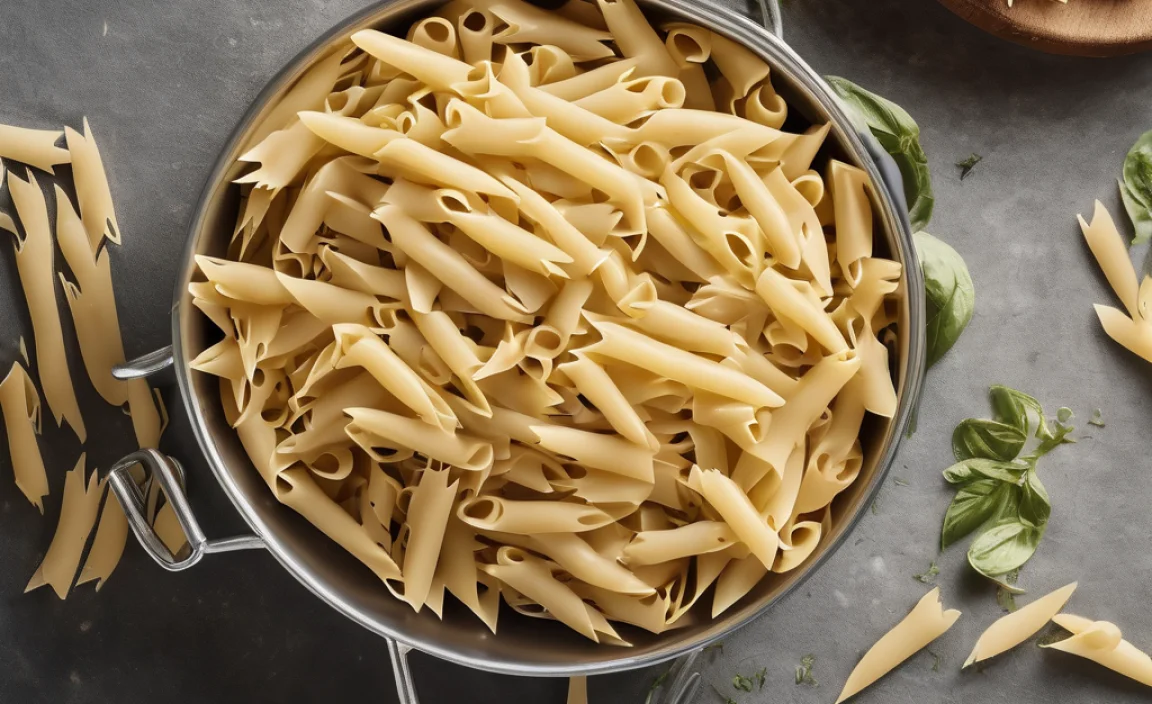
Several things influence how quickly your pasta breaks down in the compost bin:
- Amount Added: A small amount will disappear quickly. A huge pile of pasta will take longer and could overwhelm your compost.
- Compost Pile Management: A well-managed, aerated, and moist compost pile will process pasta much faster than a neglected one.
- Temperature: Warmer compost piles decompose faster.
- Size of Pieces: Smaller pieces break down faster, but pasta is usually small enough that significant chopping isn’t necessary.
- Sauce Content: Oily or fatty sauces will slow down decomposition and can attract pests.
Here’s a visual guide to what helps and what hinders:
| What Helps Pasta Compost Faster | What Slows Down Pasta Composting |
|---|---|
| Well-balanced greens and browns ratio | Excessive amounts of pasta or other greens |
| Regular turning and aeration | Lack of air (anaerobic conditions) |
| Adequate moisture (damp, not soaking wet) | Compost pile is too dry |
| Warm temperatures | Cold temperatures |
| Pasta without heavy, greasy sauces | Heavy, oily, or dairy-rich sauces |
What to Do with the Finished Compost
Once your compost is dark, crumbly, and smells earthy (no longer like pasta!), it’s ready to use! This can take anywhere from a few months to a year, depending on your composting method and management. Finished compost is fantastic for:
- Amending Garden Beds: Mix it into your vegetable garden soil in the spring or fall to improve its structure, fertility, and water retention.
- Top Dressing Lawns: Spread a thin layer over your lawn to provide nutrients and improve soil health.
- Potting Mix: Combine it with other ingredients like peat moss or coir to create your own potting mix for containers and houseplants.
- Mulch: Use it around trees and shrubs as a nutrient-rich mulch that also helps retain moisture.
You’ve successfully turned your kitchen scraps into a valuable resource for your home and garden!
Beyond Pasta: What Else Can You Compost?
Once you’re comfortable composting pasta, you might get curious about other kitchen items. Remember the golden rule: balance greens and browns, avoid excessive oils/fats/meat in basic systems, and always bury food scraps.
Compostable Kitchen Scraps (Greens):
- Fruit scraps (apple cores, banana peels, citrus peels – in moderation)
- Vegetable scraps (broccoli stems, carrot peels, wilted lettuce)
- Coffee grounds and paper filters
- Tea bags (ensure they don’t have plastic staples)
- Eggshells (crushed)
- Old, plain bread and baked goods
Non-Compostable Kitchen Scraps (Generally Avoid in Basic Bins):
- Meat scraps and bones
- Dairy products (cheese, yogurt, milk)
- Oily or greasy foods (beyond a small amount of residue)
- Diseased plant matter
- Pet waste (from dogs and cats – can contain pathogens)
- Inorganic materials (plastic, metal, glass)
Again, if you’re using a Bokashi system or a very hot, actively managed compost pile, you might be able to compost some of the “avoid” items. For beginners, it’s best to stick to the safe list.
Conclusion
So there you have it! Composting pasta is not only possible but is a fantastic way to contribute to a more sustainable household. By understanding the basics of balancing green and brown materials, managing moisture, and ensuring good aeration, you can easily transform those leftover noodles into nutrient-rich compost for your garden. Remember to start small, observe your compost pile, and always bury those kitchen scraps. You’re now equipped with the knowledge to make your compost bin a little bit happier and your garden a whole lot healthier. Happy composting!
FAQ: Your Burning Compost Questions Answered
1. Can I compost pasta with sauce?
Yes, but with caution. Simple, non-greasy sauces (like plain tomato sauce) are generally fine. For heavy, oily, or creamy sauces, it’s best to scrape off as much as you can before composting the pasta. Excessive grease can slow down decomposition and attract pests in a typical backyard compost bin.
2. Will composting pasta attract pests?
If not managed properly, yes, exposed food scraps can attract pests. The key is to always bury your pasta and other kitchen scraps under a layer of “brown” materials (like dry leaves or shredded cardboard). This helps mask the odor and makes it less accessible to unwanted visitors.
3. How much pasta can I add to my compost?
Add pasta in moderation. It’s a “green” material, so it needs to be balanced with “browns.” A few servings scattered throughout your compost bin is a good starting point. Avoid dumping large quantities all at once, as this can create a dense, wet layer that decomposes slowly and might become smelly.
4. Does it matter if the pasta is whole wheat or white?
Not significantly for composting. Both whole wheat and white pasta are organic materials that will break down. Whole wheat pasta has a bit more fiber, which is good for compost, but the difference in decomposition speed or quality is usually negligible in a home compost system.
5. What if my pasta is a bit old or moldy?
Small amounts of surface mold are usually fine and will be handled by the composting microbes. However, if the pasta is heavily covered in thick, fuzzy mold, it’s best to discard it in the trash rather than your compost bin, especially if you’re a beginner. This helps prevent introducing potentially problematic mold spores that might not be killed off in a cooler compost pile.
6. How long will it take for pasta to compost?
The time it takes for pasta to break down depends on your composting method, the size of your pile, temperature, moisture, and how often you turn it. In a well-managed, active compost bin, pasta will typically break down within a few weeks to a couple of months as part of the larger compost breakdown process. In a slower, passive system, it might take longer.
.lwrp.link-whisper-related-posts{
margin-top: 40px;
margin-bottom: 30px;
}
.lwrp .lwrp-title{
}.lwrp .lwrp-description{
}
.lwrp .lwrp-list-container{
}
.lwrp .lwrp-list-multi-container{
display: flex;
}
.lwrp .lwrp-list-double{
width: 48%;
}
.lwrp .lwrp-list-triple{
width: 32%;
}
.lwrp .lwrp-list-row-container{
display: flex;
justify-content: space-between;
}
.lwrp .lwrp-list-row-container .lwrp-list-item{
width: calc(25% – 20px);
}
.lwrp .lwrp-list-item:not(.lwrp-no-posts-message-item){
max-width: 150px;
}
.lwrp .lwrp-list-item img{
max-width: 100%;
height: auto;
object-fit: cover;
aspect-ratio: 1 / 1;
}
.lwrp .lwrp-list-item.lwrp-empty-list-item{
background: initial !important;
}
.lwrp .lwrp-list-item .lwrp-list-link .lwrp-list-link-title-text,
.lwrp .lwrp-list-item .lwrp-list-no-posts-message{
}@media screen and (max-width: 480px) {
.lwrp.link-whisper-related-posts{
}
.lwrp .lwrp-title{
}.lwrp .lwrp-description{
}
.lwrp .lwrp-list-multi-container{
flex-direction: column;
}
.lwrp .lwrp-list-multi-container ul.lwrp-list{
margin-top: 0px;
margin-bottom: 0px;
padding-top: 0px;
padding-bottom: 0px;
}
.lwrp .lwrp-list-double,
.lwrp .lwrp-list-triple{
width: 100%;
}
.lwrp .lwrp-list-row-container{
justify-content: initial;
flex-direction: column;
}
.lwrp .lwrp-list-row-container .lwrp-list-item{
width: 100%;
}
.lwrp .lwrp-list-item:not(.lwrp-no-posts-message-item){
max-width: initial;
}
.lwrp .lwrp-list-item .lwrp-list-link .lwrp-list-link-title-text,
.lwrp .lwrp-list-item .lwrp-list-no-posts-message{
};
}

I am passionate about home engineering. I specialize in designing, installing, and maintaining heating, ventilation, and air conditioning systems. My goal is to help people stay comfortable in their homes all year long.

